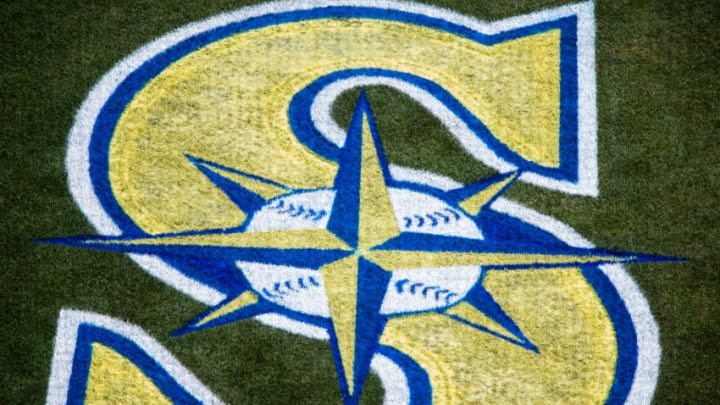After selecting established college athletes in the first round of the last five MLB Drafts (Kyle Lewis, Mercer ’16; Evan White, Kentucky ’17; Logan Gilbert, Stetson ’18; George Kirby, Elon ’19; Emerson Hancock, Georgia ’20), the Seattle Mariners turned heads in the first round of the 2021 Draft on Sunday by selecting high school catcher Harry Ford with the 12th overall selection.
I have hope that Evan White will be the long-term answer for the Mariners at first base. However, if his offensive production doesn’t live up to the potential of 15-20 homers per year and getting on base at least at a rate of around .300 at the end of Seattle’s batting order over the next few years, the team may be looking for alternatives at first before White’s contract is up.
Although the Mariners took him as a “Catcher”, Ford is an incredible athlete.
If that ends up being the case, the timing could match up directly with Ford’s call-up, and the potential infield layout could transition into Ford at third, J.P. Crawford at short, Noelvi Marte at second, and Ty France sliding over to first.
Positional flexibility and offensive upside are the most exciting traits that Harry Ford has to offer. His selection has jogged my memory of 2019 Austin Nola; a through-and-through utility player who spent time at catcher, third, second, first, and left field, all while producing an OPS of nearly .800 in 79 games.
Nola was a productive player, and he broke out after seven grueling years in the minors and working his tail off to switch positions after being drafted as a shortstop out of LSU. If Ford can enter the organization with a plan to develop his utility skills, and continue to grow his offensive game, he projects as a better player than Nola and will also enter the big leagues much earlier.
One final note: Ford noted in a post-draft interview with Ryan Divish of The Seattle Times that he can play anywhere, but he played catcher because his high school team needed a catcher. That’s a pretty selfless move for a guy being scouted as a top-tier prospect.
